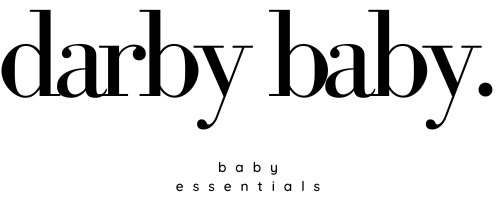Table of Contents
- The Importance of Safe Sleep
- The ABCs of Safe Sleep
- Choosing the Right Sleep Space
- Temperature and Sleepwear
- Sleep Routine and Sleep Training
- Safe Co-sleeping Practices
- Mermaid Diagram: Safe Sleep Checklist
The Importance of Safe Sleep
Creating a safe sleep environment for your baby is crucial to reduce the risk of Sudden Infant Death Syndrome (SIDS) and other sleep-related accidents. By following expert guidelines, you can establish a secure and comfortable sleep space that promotes healthy sleep habits.
The ABCs of Safe Sleep
Remember the ABCs of safe sleep to create a secure environment for your baby:
- Alone: Your baby should sleep in their own crib or bassinet, with no toys, pillows, or blankets.
- Back: Place your baby on their back to sleep, reducing the risk of SIDS.
- Crib: Ensure the crib meets safety standards, with a firm mattress and tightly fitted sheets.
Choosing the Right Sleep Space
Selecting the right sleep space is essential for your baby's safety and comfort:
- Crib or Bassinet: Choose a crib or bassinet that meets current safety standards, with slats no more than 2 3/8 inches apart and no drop-side rails. Ensure it has a firm mattress with a fitted sheet.
- Room Sharing: Have your baby sleep in your room but not in your bed, keeping their crib or bassinet within arm's reach for easy nighttime feeding and soothing.
- Avoid Unsafe Sleep Surfaces: Do not let your baby sleep on soft surfaces, such as couches, pillows, or waterbeds, as they pose a suffocation risk.
Temperature and Sleepwear
Maintaining a comfortable temperature and choosing appropriate sleepwear are crucial for your baby's safety and comfort:
- Room Temperature: Keep the room between 68-72°F (20-22°C) to avoid overheating.
- Sleepwear: Dress your baby in lightweight, breathable pajamas or a sleep sack, avoiding loose blankets or swaddling past the rolling stage.
Sleep Routine and Sleep Training
Establishing a consistent sleep routine can help your baby develop healthy sleep habits:
- Bedtime Routine: Create a calming bedtime routine, including a warm bath, gentle massage, and a lullaby or bedtime story.
- Consistent Sleep Schedule: Encourage a consistent sleep schedule, putting your baby to bed and waking them up at the same time each day.
- Sleep Training: If your baby struggles with sleep, consider using gentle sleep training methods to teach them to self-soothe and fall asleep independently.
Safe Co-sleeping Practices
If you choose to co-sleep, follow these guidelines to ensure your baby's safety:
- Use a Co-sleeper: A co-sleeper or bedside bassinet is a safer option than sharing the same bed, as it provides your baby with their own sleep space while still keeping them close to you.
- Avoid Soft Bedding: Remove pillows, blankets, and other soft bedding materials that can pose a suffocation risk.
- Positioning: Ensure your baby is placed on their back and not close to the edge of the bed, where they could roll off or get trapped between the mattress and wall.
- No Smoking, Alcohol, or Drugs: Do not co-sleep if you or your partner smoke, consume alcohol, or use drugs, as these factors increase the risk of SIDS.
- Healthy Weight: Co-sleep only if both parents are of a healthy weight, as obesity can pose a suffocation risk to the baby.
By following this safe sleep checklist and incorporating the expert advice, tips, and guidelines detailed in this comprehensive guide, you will create a secure and comfortable sleep environment for your baby. Ensuring your baby sleeps safely is essential to their overall health and development, as well as providing peace of mind for you as a new parent.

